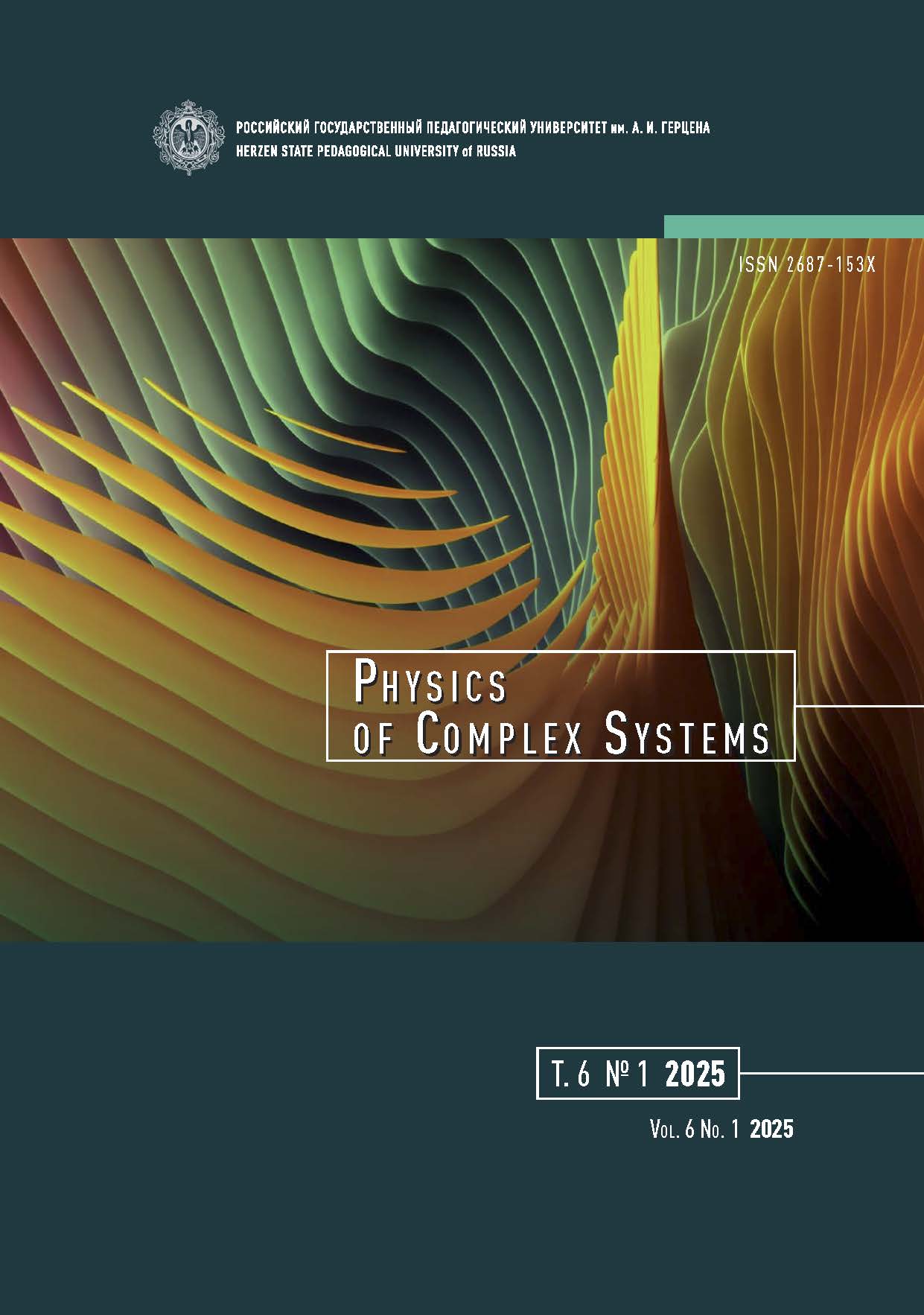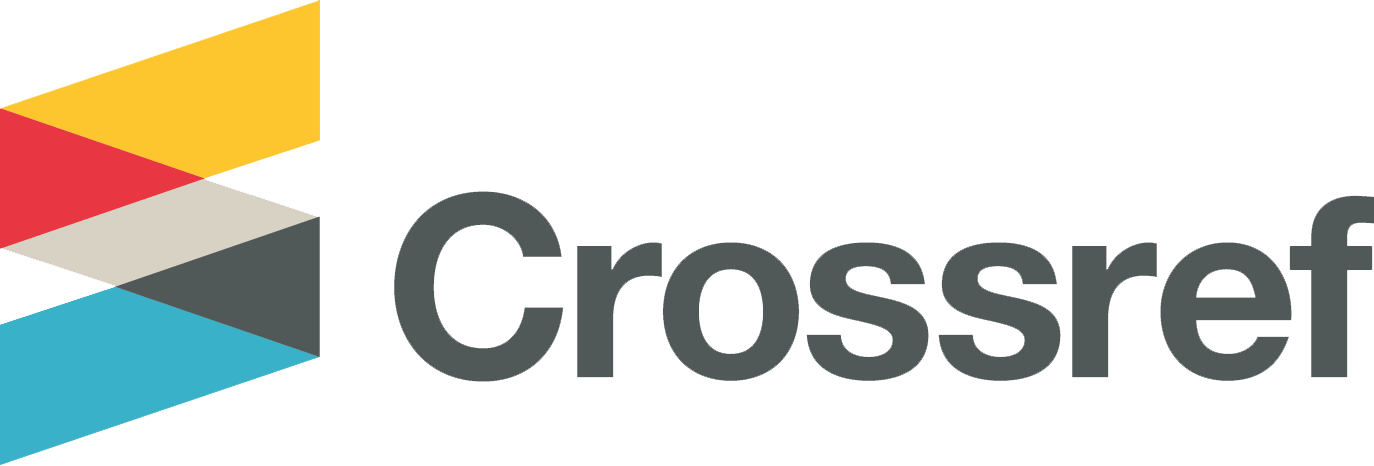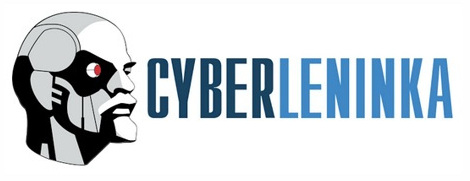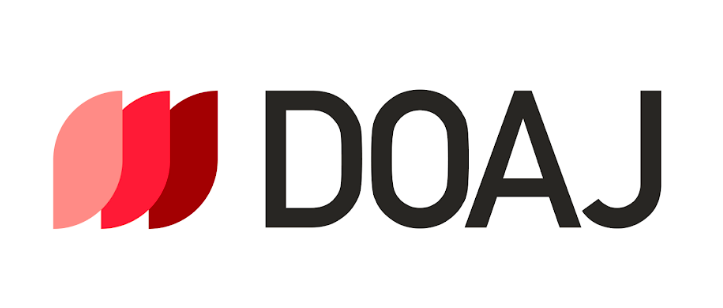On the electronic quantum structures of conductors
DOI:
https://doi.org/10.33910/2687-153X-2025-6-1-49-53Keywords:
quantum structure, correlated electrons, conductor, mean free path, kinetic moment, magnetic fluxAbstract
This paper investigates the quantum of kinetic momentum in a two-particle system of correlated electrons. Under these conditions, the minimum possible magnetic flux quantum becomes half of the flux calculated for a single electron, presenting an apparent contradiction. Since magnetic flux is an additive quantity, one might naturally expect an increase, not a decrease, in the flux. This study aims to resolve this contradiction. While pair correlation leads to a halving of the magnetic flux quantum relative to F. London’s value, n-fold correlations would theoretically reduce the quantum by a factor of n. This, however, defies conventional explanation. It is unacceptable to attribute the quantum of kinetic momentum to a Cooper pair; rather, a quantum of kinetic momentum must be assigned to an individual particle, not a system of particles. F. London’s quantum should, therefore, be regarded solely as a quantum of magnetic flux.
References
Daido, A., Yanase, Y. (2024) Rectification and nonlinear hall effect by fluctuating finite-momentum cooper pairs. Physical Review Research, 6 (2), article L022009. https://doi.org/10.1103/physrevresearch.6.l022009 (In English)
Ishida, K., Matsueda, H. (2021) Two-step dynamics of photoinduced phonon entanglement generation between remote electron-phonon systems. Journal of the Physical Society of Japan, 90, article 104714. https://doi.org/10.7566/JPSJ.90.104714 (In English)
Nesterov, V. Yu., Presnov, N. D., Zabotnov, S. V. et al. (2024) Three-photon absorption and photoluminescence in films of liquid-crystal polymers with embedded CDSE/ZNS quantum dots. Physics of Complex Systems, 5 (1), 3–9. https://doi.org/10.33910/2687-153X-2024-5-1-3-9 (In English)
Pavlov, V. D. (2020) Magnitnyо potok i ego kvantovanie [Magnetic flow and its quantization]. Izvestiya Ufimskogo nauchnogo tsentra RAN — Proceedings of the RAS Ufa Scientific Centre, 4, 25–28. https://doi.org/10.31040/2222-8349-2020-0-4-25-28 (In Russian)
Popov, I. P. (2024a) Dvojnye standarty pri opisanii atomov geliya i pozitroniya [Double standards when describing helium and positronium atoms]. Vestnik Tomskogo gosudarstvennogo universiteta. Khimiya — Tomsk State University Journal of Chemistry, 35, 143–151. (In Russian)
Popov, I. P. (2024b) Seven singular points in quantum mechanics. Technical Physics. [Online]. Available at: https://doi.org/10.1134/S1063784224700427 (accessed 01.04.2024). (In English)
Sivukhin, D. V. (2002) Obshchij kurs fiziki. T. 5. Atomnaya i yadernaya fizika [General course of physics. Vol. 5. Atomic and nuclear physics]. Moscow: Fizmatlit Publ., 784 p. (In Russian)
Timchenko, B. A., Faleeva, M. P., Gilev, P. A. et al. (2022) Atmospheric implementation of superdense coding quantum algorithm. Physics of Complex Systems, 3 (4), 186–201. https://doi.org/10.33910/2687-153X-2022-3-4-186-201 (In English)
Wu, C., Liu, C. (2023) Effects of phonon bandgap on phonon–phonon scattering in ultrahigh thermal conductivity θ-phase TAN. Chinese Physics B, 32, article 046502. https://doi.org/10.1088/1674-1056/acb201 (In English)
Downloads
Published
Issue
Section
License
Copyright (c) 2025 Valentin D. Pavlov

This work is licensed under a Creative Commons Attribution-NonCommercial 4.0 International License.
The work is provided under the terms of the Public Offer and of Creative Commons public license Creative Commons Attribution 4.0 International (CC BY 4.0).
This license permits an unlimited number of users to copy and redistribute the material in any medium or format, and to remix, transform, and build upon the material for any purpose, including commercial use.
This license retains copyright for the authors but allows others to freely distribute, use, and adapt the work, on the mandatory condition that appropriate credit is given. Users must provide a correct link to the original publication in our journal, cite the authors' names, and indicate if any changes were made.
Copyright remains with the authors. The CC BY 4.0 license does not transfer rights to third parties but rather grants users prior permission for use, provided the attribution condition is met. Any use of the work will be governed by the terms of this license.







